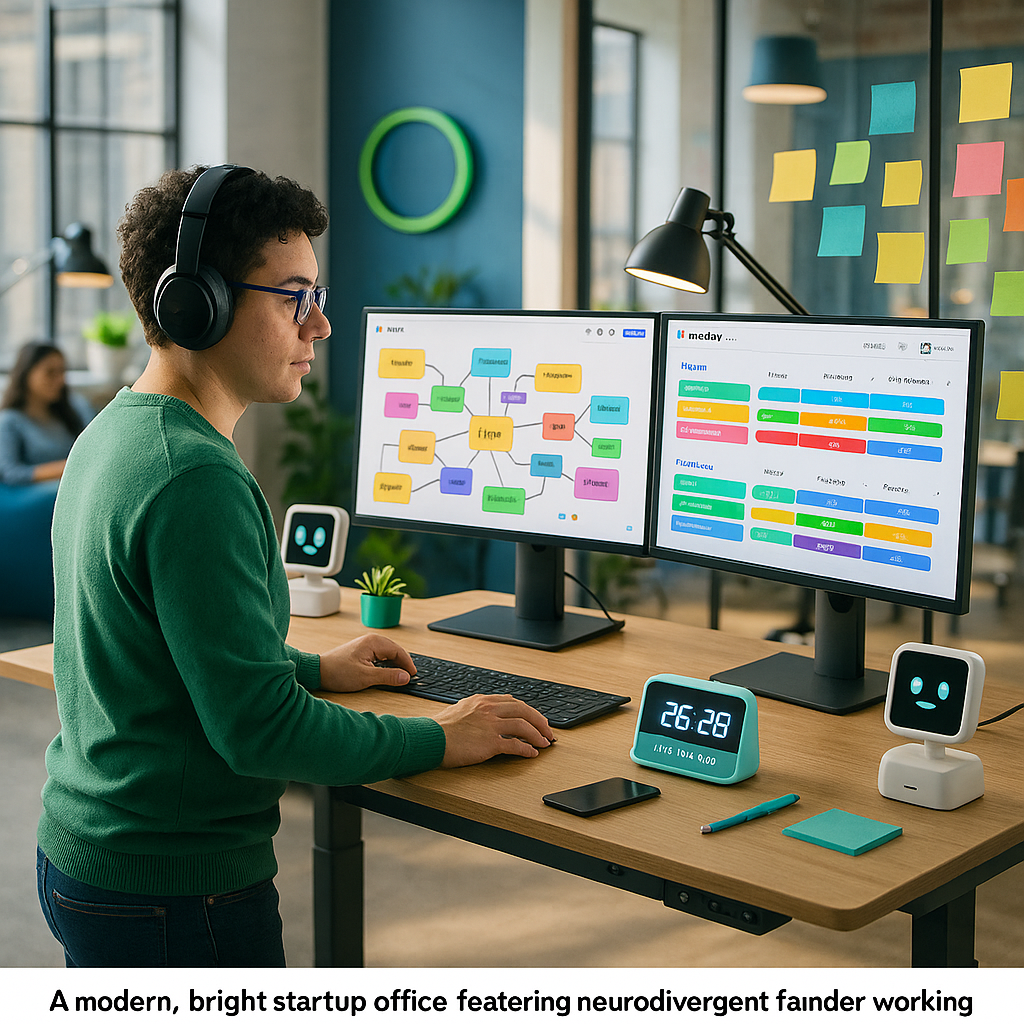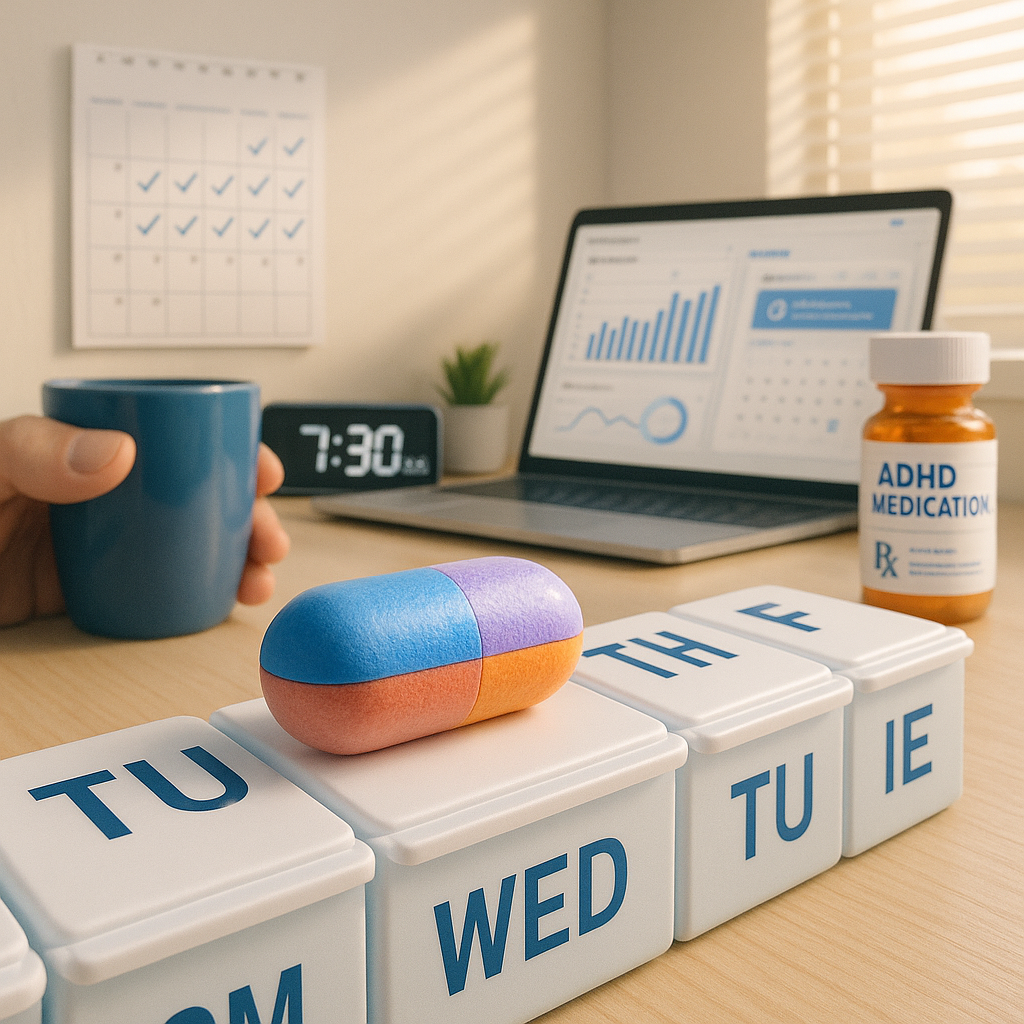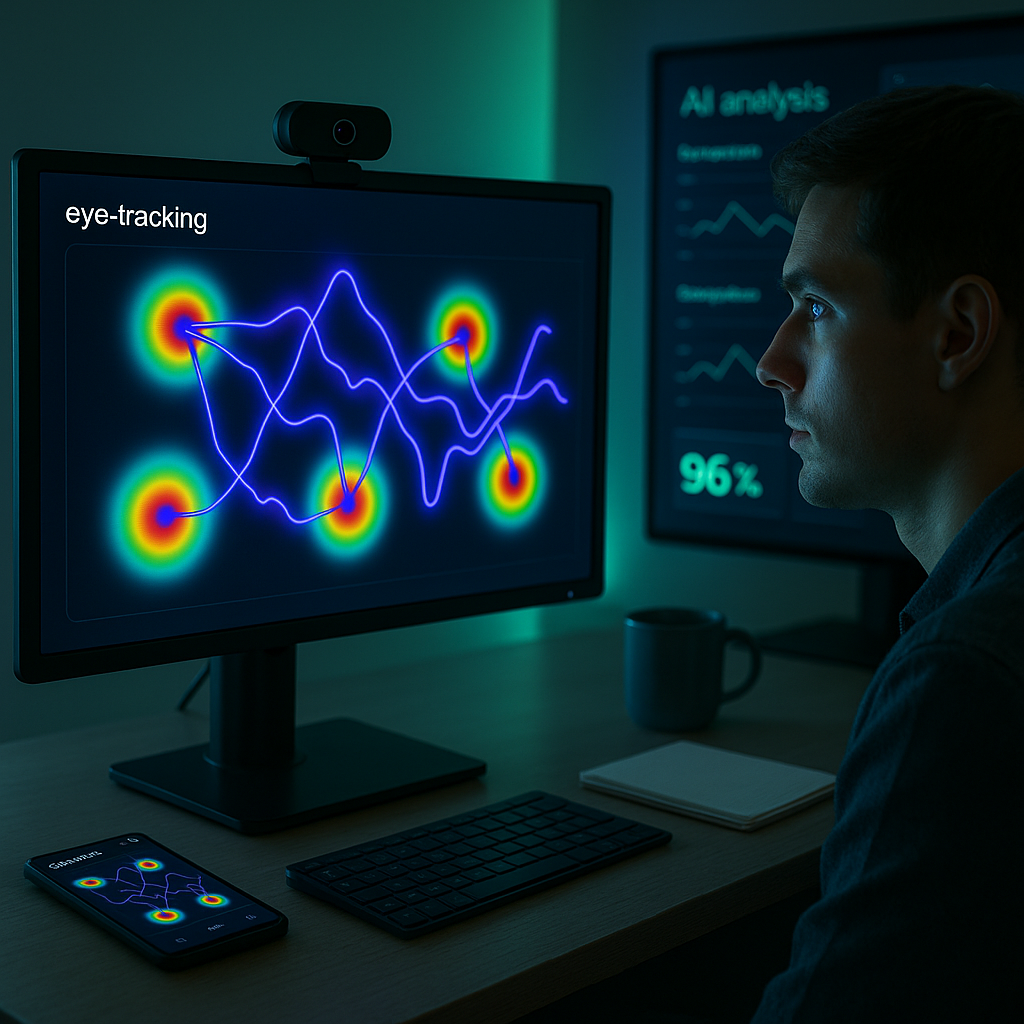Key Takeaways
- Neurodivergent founders are shaping startup culture with customized systems tailored to ADHD and AuADHD needs.
- Automation and AI tools are central, easing overwhelm and boosting creative productivity.
- Strength-based approaches are turning ADHD traits like deep focus and rapid learning into business advantages.
- Sustainable, adaptable workflows help prevent burnout and support long-term business growth.
- ADHDink and similar ventures are fostering community-driven growth by sharing resources, consulting, and peer support.
- More teams are seeking ADHD-friendly, tech-enabled systems, signaling a shift in future startup and creative workspaces.
Introduction
Startups led by neurodivergent founders are transforming standards by building ADHD-friendly workflows focused on automation, flexibility, and authenticity. As conventional productivity systems fall short for ADHD needs, innovators like ADHDink are leveraging technology and lived experience to turn ADHD strengths into business advantages. This approach helps founders and teams create sustainable, scalable work environments in fast-paced industries.
The Rise of ADHD-Friendly Workflows
Tech startup founder Sarah Chen significantly increased her company’s productivity after introducing ADHD-optimized systems. Her team now uses visual project management tools and flexible scheduling.
Chen stated that traditional workflows stifled creativity. By designing workflows that fit ADHD brains, she reported unlocking greater innovation potential.
According to the Workplace Neurodiversity Institute, companies implementing ADHD-friendly systems have seen 35% higher employee satisfaction and 28% lower turnover rates.
Key Components of Successful Systems
Visual Organization
Digital whiteboard platforms like Miro play a central role in ADHD-friendly startups. Teams apply color-coding, spatial relationships, and mind-mapping for effective tracking of complex projects.
Monday.com, a task management platform, has introduced features for neurodivergent users, including customizable views and automated progress tracking.
Flexible Time Management
Rigid 9-to-5 schedules are giving way to “focus blocks” that align with individuals’ natural energy patterns. Companies report improved output when employees engage in deep work during peak attention periods.
Alex Rivera, CTO of Neuroflow, noted that his company moved away from fixed schedules. Their engineers now finish sprints 40% faster by working when their focus is strongest.
Automation and External Structure
Automation tools now handle simple, repetitive tasks, freeing up mental energy for creative work.
External accountability partners and regular check-ins add structure without micromanagement. Teams use apps like Focus@Will to support consistent progress.
Implementation Success Stories
Tech Sector Innovation
Cloudwise, a cloud computing startup, credits its rapid expansion to ADHD-optimized workflows. The team uses “hyperfocus sprints” followed by deliberate reset periods.
CEO Maya Patel reported that by designing systems around ADHD strengths, the company achieved a 65% revenue growth after making these changes.
Creative Industry Adoption
Design agency Neurocreative improved client satisfaction scores by 45% after shifting to ADHD-friendly project management workflows. Designers now use time-tracking tools that support variable focus patterns.
The agency introduced “innovation zones” to provide teams with space for idea exploration without immediate deliverable pressures.
Industry Impact and Future Trends
Major technology companies are beginning to adapt. Google and Microsoft have launched pilot programs for neurodivergent-inclusive workflow tools.
Venture capital firm Neurodiverse Capital now invests specifically in startups with ADHD-friendly operations. These portfolio companies have shown 30% higher innovation metrics compared to conventional startups.
In 2023, investment in neurodiversity-focused workplace tools reached $2.8 billion, an increase of 150% compared to the previous year.
Implementation Guidelines
Starting Small
Organizations typically begin with pilot programs in select departments to refine ADHD-friendly workflows before wider rollout.
Project management expert Jordan Kim advises starting with visual documentation tools and flexible scheduling.
Measuring Impact
Successful organizations monitor quantitative metrics such as project completion, retention rates, and innovation output, alongside qualitative team feedback.
Frequent anonymous surveys support ongoing adjustments, ensuring systems reflect real user experiences rather than assumptions.
Building Support
Leadership involvement is vital for effective adoption. Results improve when executives openly share their experiences with varied work styles.
Team training promotes understanding of diverse working patterns and reduces transition friction.
Conclusion
ADHD-friendly workflows are redefining productivity in startups, blending visual tools, flexible schedules, and automation to create everyday routines. Companies adopting these systems report higher retention, greater satisfaction, and faster innovation. What to watch: expanded neurodivergent-inclusive pilot programs from major tech firms are likely to drive broader industry adoption and influence future investment trends in the coming year.





Leave a Reply